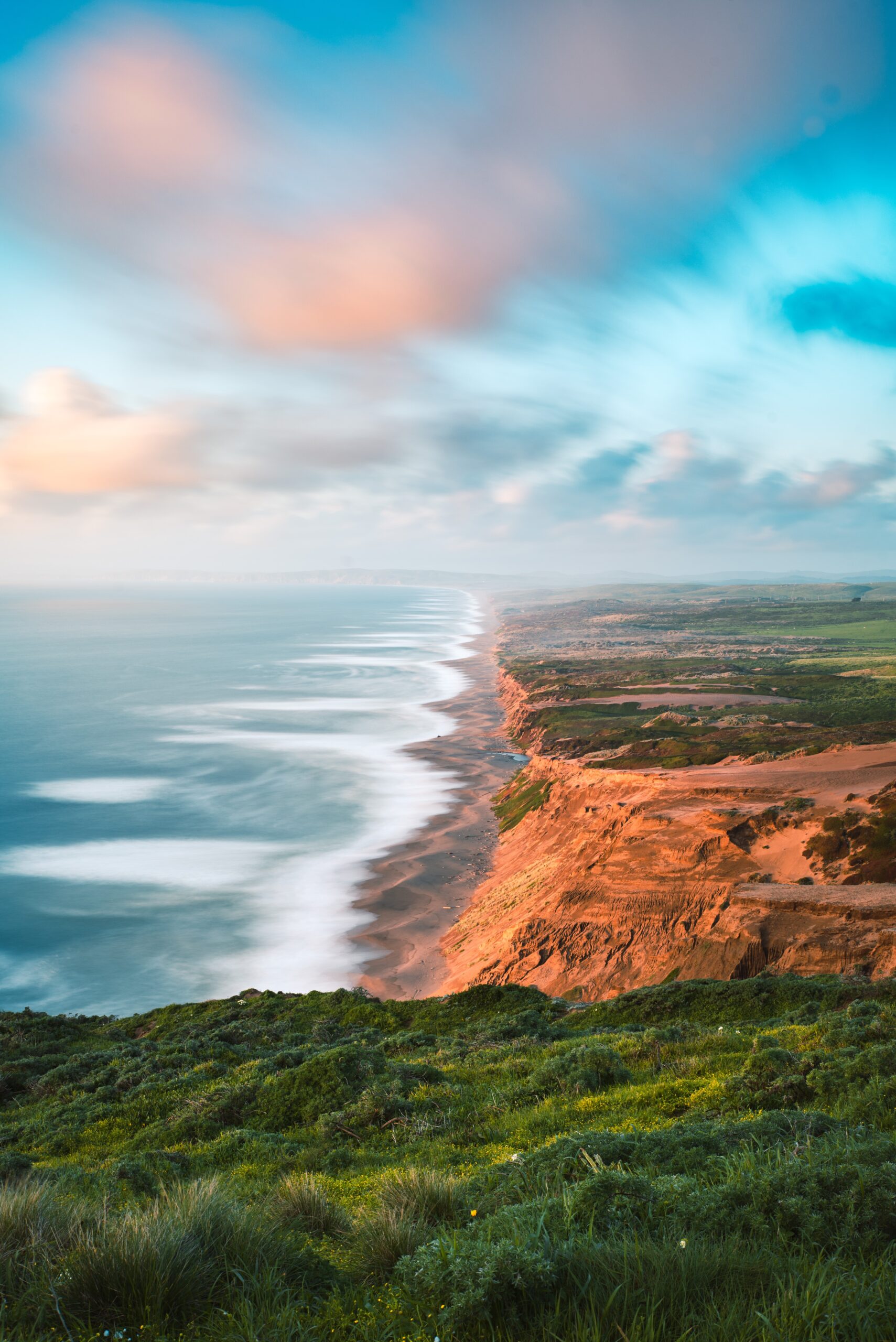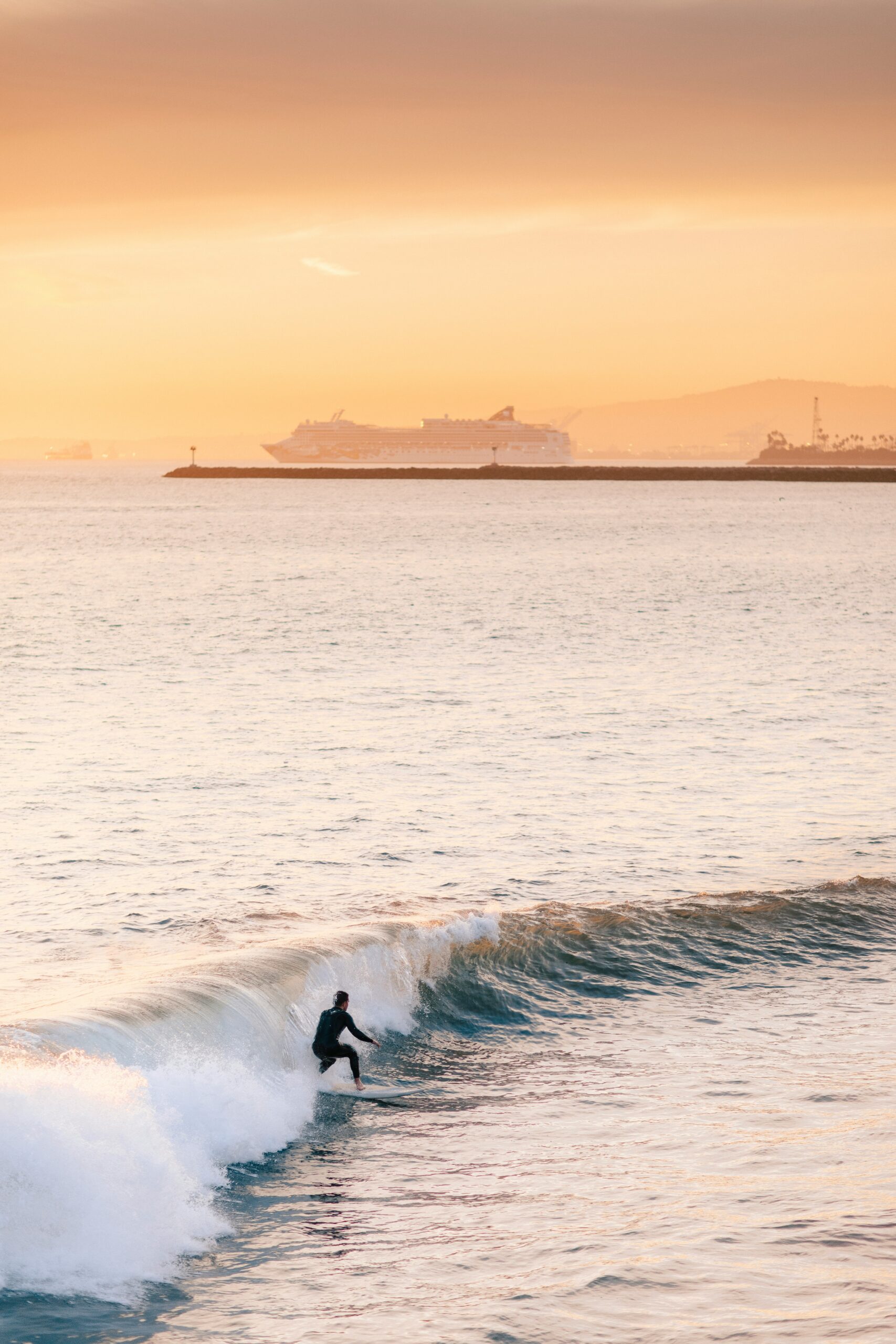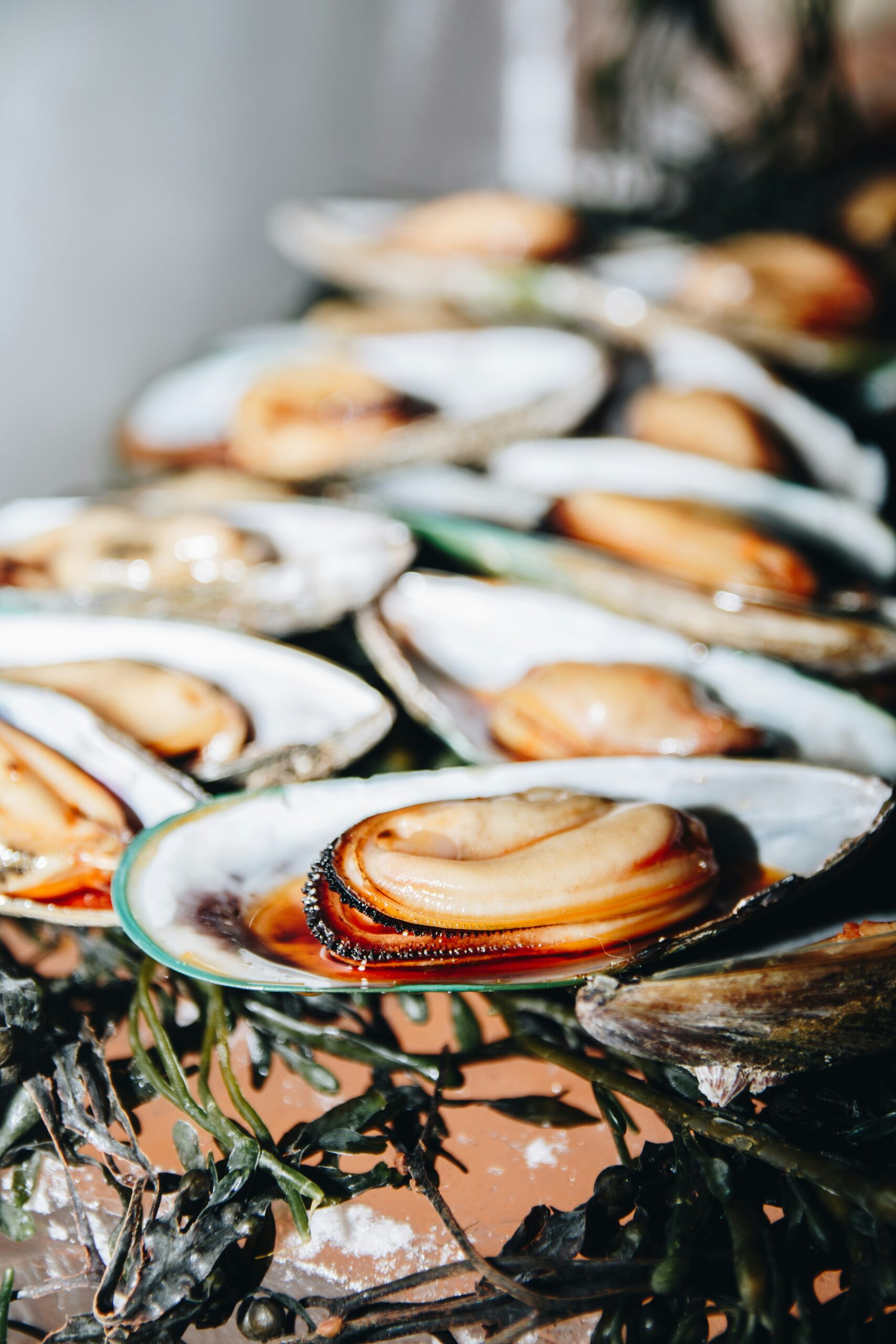California’s Shipwrecks: Stunning Coastal Spots for History and Adventure
California’s coastline is home to an impressive collection of shipwrecks that are visible from beaches and coastal trails, blending maritime history with striking scenery. From concrete hulls that weathered the ocean for decades to infamous vessels that tell stories of resilience and adventure, these remnants offer visitors a unique way to experience the state’s rich coastal heritage.
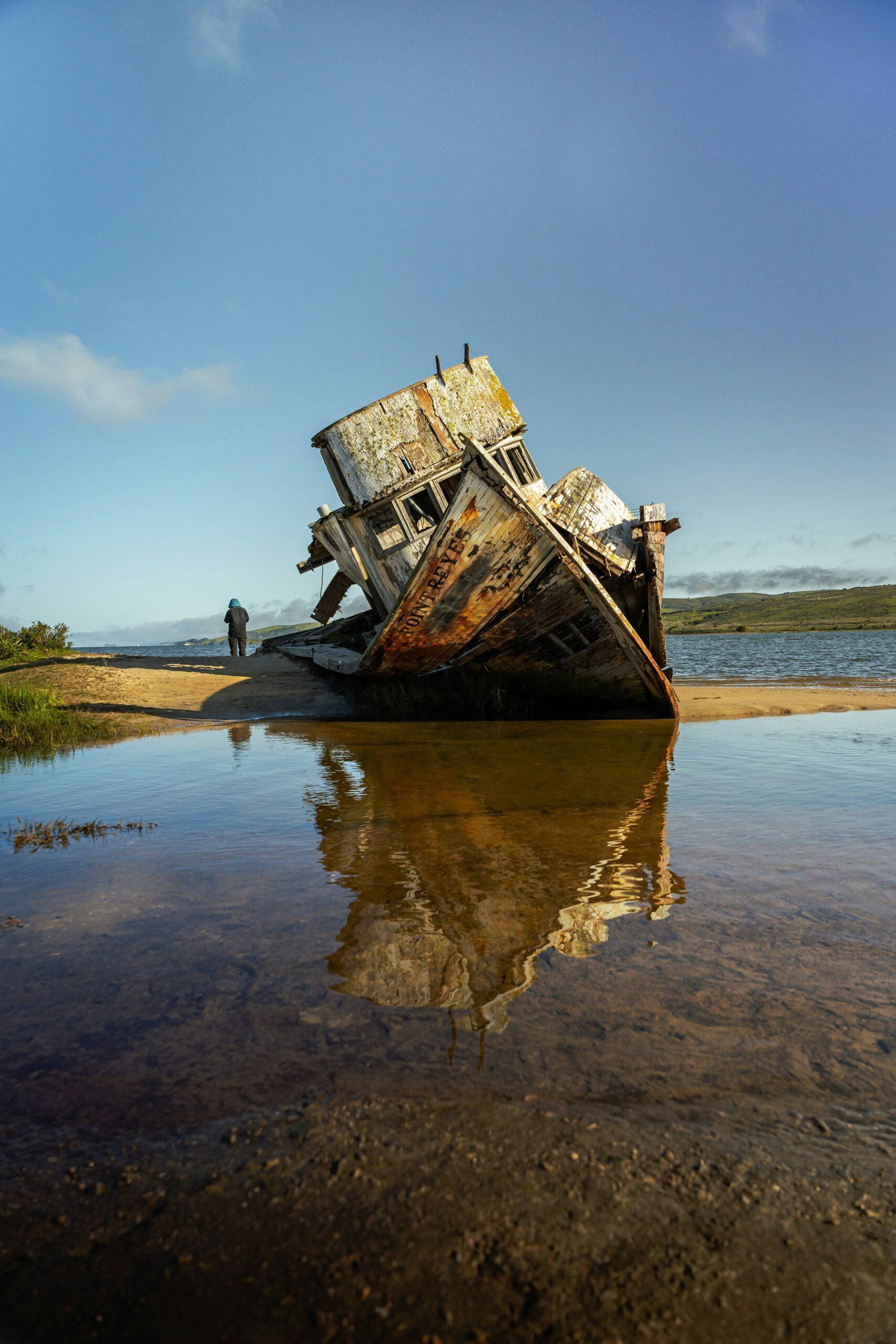
Curious travelers and history enthusiasts can explore sites like the SS Palo Alto at Seacliff State Beach or discover more about the varied shipwrecks scattered along the Lost Coast and beyond. Several of these stunning shipwreck sites are accessible, making them perfect for day trips, photography, or simply soaking in the remarkable views.
Exploring California’s shipwrecks lets visitors connect with the state’s maritime past while enjoying natural beauty. Each site holds its own story, waiting to be uncovered along the coast.
California’s Shipwrecks: Stunning Coastal Spots for History and Adventure
Iconic Shipwrecks Along California’s Coast
Several shipwrecks along the California coast have become enduring landmarks and public attractions. These sites offer a glimpse into maritime history, with each wreck showcasing a unique story and distinct legacy.
The Story of the SS Monte Carlo
The SS Monte Carlo is one of the most famous California shipwrecks, located near Coronado. Built as a gambling and pleasure ship during the 1930s, it anchored just outside the three-mile limit, operating as a so-called “sin ship” for visitors seeking entertainment that was banned on land.
In 1937, a fierce storm snapped the ship’s anchor and drove it ashore. The wreck is sometimes visible at very low tides, attracting curious visitors to the beach. Its remains serve as a tangible reminder of the Prohibition era and Southern California’s colorful past.
Today, visitors can occasionally see the concrete hulk protruding from the sand, especially during winter storms. While exploring the site, the public is advised to use caution, as shifting sands and tides can quickly change beach conditions.
SS Palo Alto and Its Unique Legacy
The SS Palo Alto is an unusual California shipwreck resting at Sea Cliff State Beach in Aptos. Constructed from concrete during World War I due to steel shortages, the ship was completed too late for wartime service, later converted into an amusement attraction with a dance hall, swimming pool, and arcade.
Eventually, the business failed and the ship was left to deteriorate. Over decades, strong surf fractured the hull, and the once lively venue became a distinctive feature of the coastline.
Today, the SS Palo Alto’s cracked remains are a well-known sight, drawing photographers, bird watchers, and history enthusiasts. A fishing pier once connected to the ship, but it is now closed due to storm damage. The shipwreck is a protected habitat for marine life, making it a unique blend of history and nature.
The La Jenelle Wreck at Oxnard
The La Jenelle, a luxury liner turned into an abandoned ship, met its fate at Silver Strand Beach in Oxnard. After being left without a crew in 1970, heavy winds and surf drove the ship onto the shore, causing it to partially submerge and break apart.
To address safety concerns, the Navy filled the hull with rocks and concrete, creating a breakwater that is visible from the beach. The wreck remains a popular spot for beachgoers, local fishermen, and divers interested in exploring the submerged structure.
Birds and marine creatures now frequent the area, establishing a small ecosystem around the wreck. The La Jenelle’s story serves as a striking example of how the California coast’s shipwrecks have both historic and ecological significance.
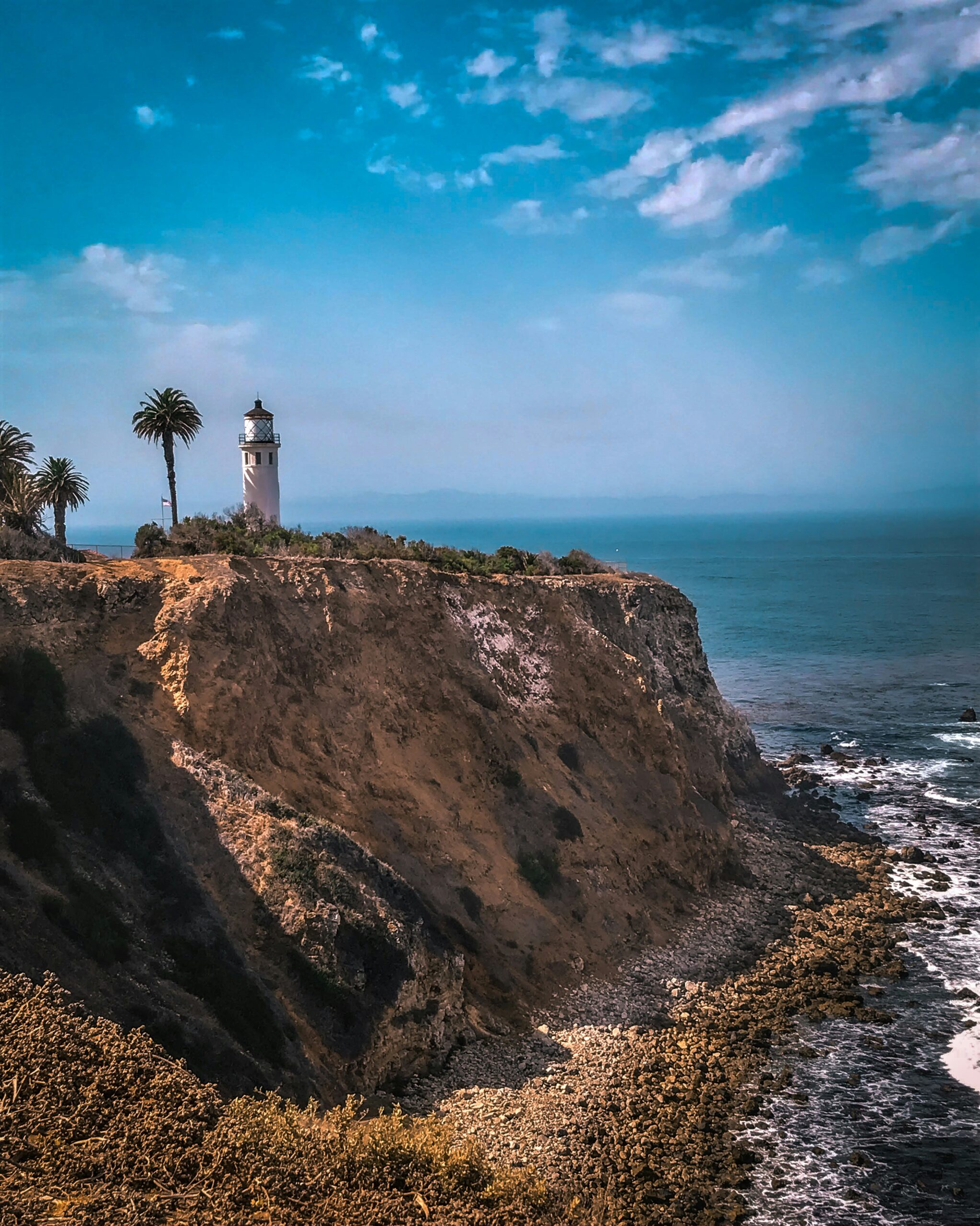
Northern California’s Historic Wrecks
Northern California’s coastline is dotted with remnants of shipwrecks that reveal the region’s maritime legacy. These sites attract both history enthusiasts and sightseers seeking a glimpse into the area’s dramatic past.
Shipwrecks of San Francisco Bay
San Francisco Bay has long been a hub for maritime activity, making it a frequent site of notable shipwrecks. Powerful tides, thick fog, and hidden shoals created hazardous conditions for ships entering and leaving the bay.
Some historic wrecks, like the SS City of Rio de Janeiro, are particularly infamous. In 1901, it struck rocks near Fort Point during dense fog and quickly sank, resulting in over 125 lives lost. This tragedy led to increased calls for improved navigational aids in the bay. Other wrecks, such as the steamship City of Chester, are still subjects of archaeological interest due to their preserved remains beneath the bay’s waters.
Many shipwrecks here have contributed to local lore and have become points of interest for divers and historians. The bay’s ever-present risks are a reminder of why it remains one of California’s most dangerous shipping channels.
The Mystery of the Brother Jonathan
Off the rugged coast near Crescent City, the Brother Jonathan met its end in 1865. The side-wheel steamer was carrying passengers, gold, and valuable cargo. It struck a submerged rock during a storm, breaking apart with heavy loss of life.
The Brother Jonathan’s sinking became one of California’s deadliest maritime disasters, with only a handful of survivors out of over 200 people on board. Search efforts for its gold and wreckage spanned over a century. In the 1990s, treasure hunters finally located the wreck, recovering artifacts and a portion of the cargo.
Legal battles soon followed over ownership of the recovered gold, adding to the intrigue surrounding the site. Today, the Brother Jonathan is both a historical landmark and a protected archaeological resource, with many of its relics displayed in Crescent City museums.
King Philip at Ocean Beach
The King Philip clipper ship wreck is one of the rare examples of a visible wooden shipwreck along the West Coast. Built in 1856, the vessel grounded at Ocean Beach in San Francisco in 1878.
Shifting sands have periodically exposed the remains of the King Philip. Usually, only during extreme low tides or storms do the timbers become visible. When this occurs, visitors to Ocean Beach sometimes spot the outline of the hull jutting from the sand, a rare treat for those interested in maritime history.
Interpretive signs near the beach provide context about the ship’s story and its role in the region’s trade. The site offers an unusual opportunity to view a 19th-century vessel without diving, making it a unique destination for coastal explorers and history fans. More details on this and other accessible wrecks are listed among California's visible shipwrecks.
Cayucos Shipwreck Landmarks
Cayucos, located along the central coast of northern California, is home to several lesser-known shipwreck sites. These incidents have shaped the town’s maritime identity and added to its historic charm.
One of the most talked-about is the wreck of the SS Dora, which ran aground near Cayucos in 1936. While the wreck itself has largely disappeared, local stories and occasional artifacts surface after storms or shifting sands.
A table of notable Cayucos shipwrecks:
| Ship Name | Year Wrecked | Notable Features |
|---|---|---|
| SS Dora | 1936 | Occasional artifacts visible onshore |
| Active | 1855 | Part of Gold Rush era shipping |
| Unknown Schooner | Various | Local stories, changing landmarks |
These shipwrecks serve as reminders of the risks faced by coastal vessels and the enduring relationship between Cayucos and the sea. The site is popular among beachcombers, who sometimes find remnants of maritime history washed ashore, making Cayucos a subtle yet compelling stop for shipwreck enthusiasts.

Southern Sights and Famous Wrecks
Southern California's coastline is dotted with relics from its maritime past. Wrecks like the SS Dominator and SS Tennessee offer a window into shipping, salvage, and coastal adventure, while old barges hint at the region’s working waterfront and diving culture.
SS Dominator and the Palos Verdes Peninsula
The remains of the SS Dominator lie on the rocky shore of the Palos Verdes Peninsula. This Greek freighter ran aground in 1961 while carrying a load of wheat and beef from Vancouver to Los Angeles.
Sharp coastal rocks and persistent fog contributed to its demise. Today, visitors can still see large steel fragments scattered along the beach, offering a rare look at maritime misfortune.
The site is popular with hikers and photographers. Tide pools, natural coves, and clear views of scattered wreckage make it a compelling spot. Access is via a moderately challenging trail down to the coast.
Exploring the SS Tennessee
The SS Tennessee met its fate north of San Francisco in 1853 but has a strong connection to California's seafaring past. The ship was driven aground by fog while approaching the Golden Gate during the gold rush era.
While most of the wooden structure is gone, the legacy endures in “Tennessee Cove,” named for the wreck. Hikers along the coastal trail can view this secluded beach, where hints of the ship's iron and copper sometimes surface after storms.
The SS Tennessee played a role in westward expansion, ferrying passengers and goods between Panama and San Francisco. Its loss prompted improvements in coastal navigation.
Legend of the Dominator
Stories of the Dominator’s cargo, attempted salvage, and the ongoing reshaping of its remains by the ocean feed its reputation as a local legend. Salvagers made multiple attempts to recover its contents, using cranes and cutting torches, but much was left behind.
The wreck has become a landmark for both casual sightseers and shipwreck enthusiasts. Over time, tidal action has twisted and dispersed much of the ship, but signature features like large hull plates remain visible at low tide.
Urban legend claims the Dominator occasionally yields artifacts after storms, keeping the interest alive among beachcombers and amateur historians. This evolving landscape makes each visit unique.
Barges, Adventure, and Maritime Heritage
Wreck Alley off San Diego illustrates Southern California’s broader maritime heritage. Here, sunken barges and other vessels have formed artificial reefs that are now popular dive sites.
Several retired Navy barges and World War II-era ships have been deliberately sunk to boost marine life and recreational diving. Sites like the Ruby E and Yukon are accessible only by boat and draw divers year-round.
This ongoing practice fuses preservation with adventure, giving new life to obsolete vessels. The area demonstrates how shipwrecks in this region bridge history, ecology, and a culture of coastal exploration.
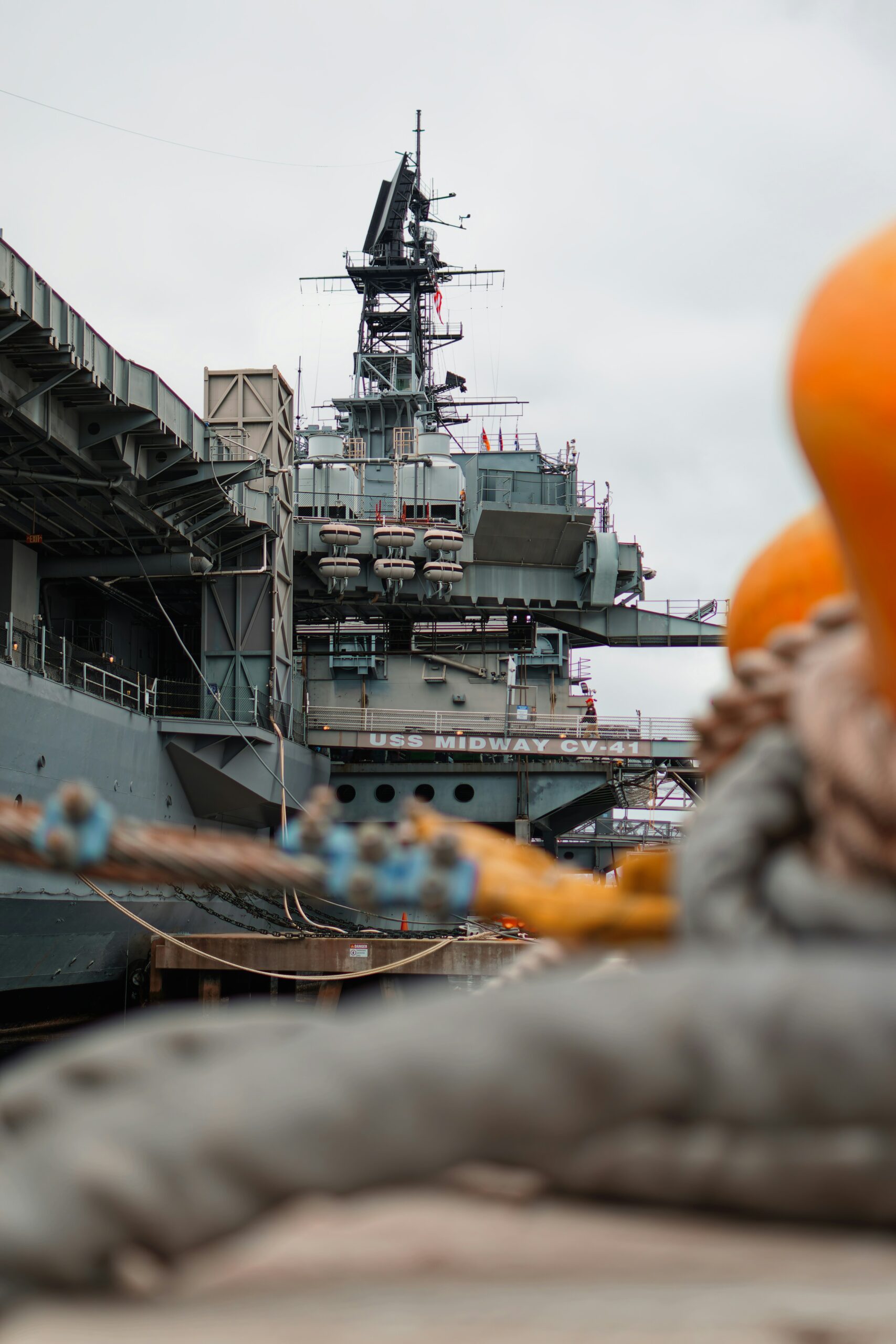
Shipwreck Exploration and Coastal Experiences
California's coastline is home to easily accessible shipwrecks, hidden relics reached by hiking trails, and legends that fuel local curiosity. Opportunities for marine preservation and education are abundant, offering both adventure and insight into coastal history.
Highway 1: Access to Shipwreck Hotspots
Highway 1 runs along much of California’s rugged coastline, providing direct access to some of the state’s most famous shipwreck sites. Travelers can stop at pullouts along the highway, where lookout points offer views of wrecks like the SS Palo Alto at Seacliff State Beach and the remains near Pigeon Point Lighthouse.
Many shipwrecks visible from Highway 1 are accessible without specialized equipment. These include wrecks scattered from Santa Cruz County to Marin, with signage sometimes guiding visitors to key points.
For those interested in maritime history, interpretive displays along the highway highlight stories of vessels lost to the Pacific. This scenic route also ties together coastal communities that once depended on sea trade, creating a bridge between past and present.
A short list of notable Highway 1 shipwreck spots includes:
- Pigeon Point Lighthouse vicinity (site of the Carrier Pigeon wreck)
- Seacliff State Beach (home to the SS Palo Alto)
- Samoa Dunes Recreation Area (remnants from coastal trade vessels)
Hiking to Hidden Wrecks
Some of California’s shipwrecks are concealed in remote coves and beaches, requiring moderate hikes to reach. Trails off Highway 1 or through state parks often lead adventurers to less-publicized sites, including Gerstle Cove and the rugged coastline near the Greater Farallones National Marine Sanctuary.
Hiking routes may traverse wildflower fields, coastal bluffs, or forests before reaching hidden debris fields or rusting hull parts. At places like the Salinas River National Wildlife Refuge, visitors can encounter artifacts exposed by tides or storms.
Preparation is crucial, so explorers should bring sturdy shoes, maps, and be mindful of tides and weather conditions. Many of the hidden sites are subject to preservation laws, so touching or removing artifacts is discouraged.
Hiking to these remote wrecks offers solitude, dramatic scenery, and direct encounters with California’s maritime past. This approach appeals to those seeking both physical activity and historic discovery.
Urban Legends and Maritime Mysteries
Throughout coastal towns, stories of shipwrecks inspire local legends and urban myths. The wreck of the Carrier Pigeon near Pigeon Point Lighthouse, for example, has given rise to tales of “phantom lights” and mysterious signals seen by lighthouse keepers.
Some wreck sites, such as those near Samoa, have been linked to ghost stories or rumors of buried treasure. These legends are often discussed in local museums, on historical walking tours, or at community events.
Maritime mysteries also stem from ships lost without a trace along treacherous stretches of coast. Certain wrecks remain unidentified, fueling speculation about their origins and cargo.
Key narrative themes include unexplained disappearances, ship bells heard in the fog, and sightings of figures along deserted beaches. These stories are woven into local culture, adding intrigue to historical exploration.
National Marine Sanctuaries and Preservation
Many of California’s shipwrecks lie within federally protected areas like the Greater Farallones National Marine Sanctuary. These sanctuaries play a crucial role in preserving maritime heritage and providing safe habitats for marine life.
Researchers and divers conduct archaeological surveys to document shipwrecks and prevent their deterioration. Areas such as the Salinas River National Wildlife Refuge are managed carefully to balance public access with ecological protection.
Educational programs and guided tours help visitors understand the ecological and historical value of these wrecks. The sanctuaries also restrict salvage activities, ensuring that artifacts remain undisturbed for scientific and educational study.
Efforts from organizations and state agencies are detailed on dedicated resources like the California Shipwrecks database, which assists the public in locating and learning about significant underwater heritage sites. Preservation ensures that future generations can experience and learn from these silent witnesses to California’s maritime history.

